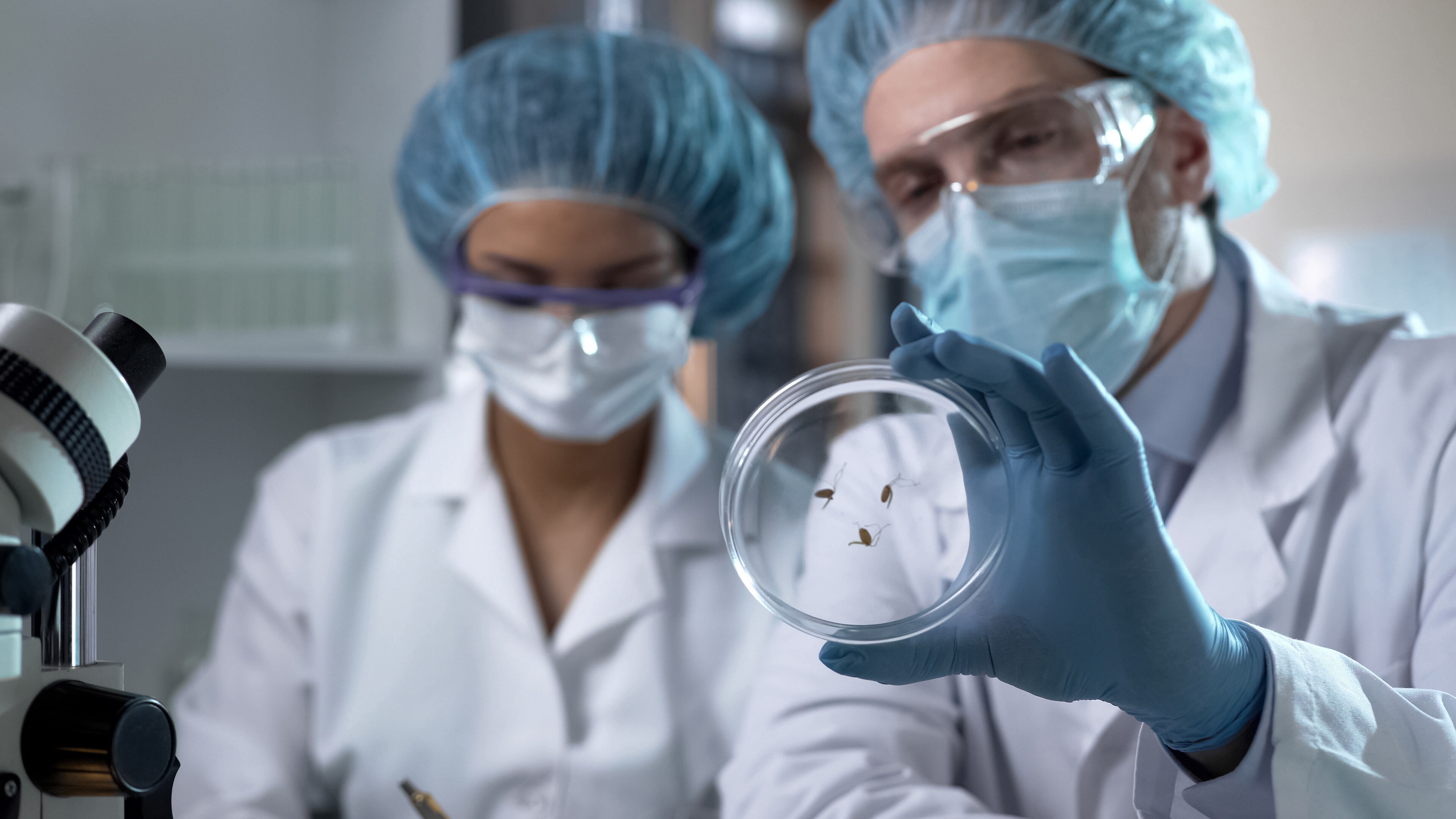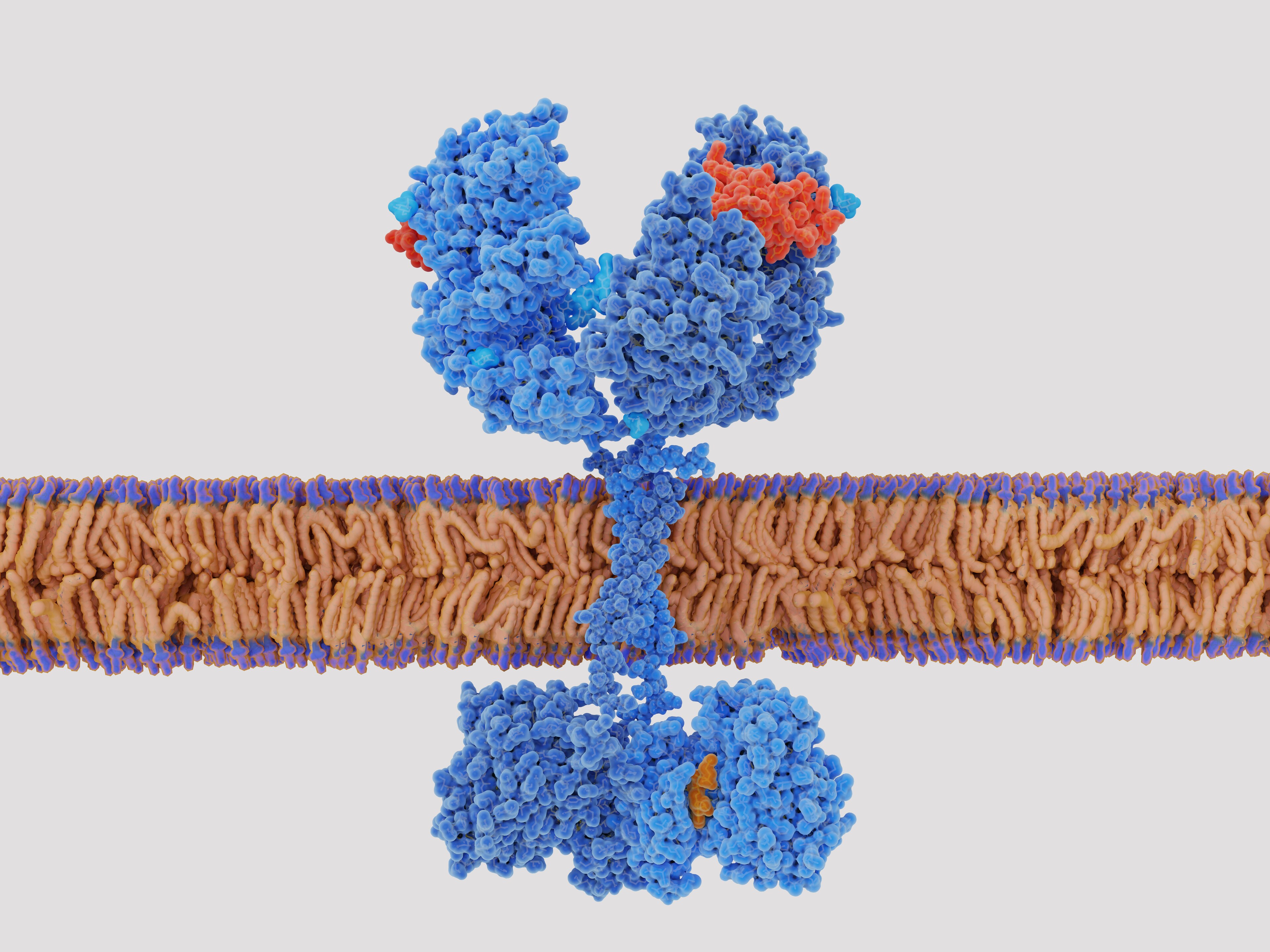
New vertical light modules in our environmental chambers are a game changer for plant growth and animal hatching in the lab. Programmable light control enables day and night cycles in 3 steps to simulate dusk and dawn. This feature can also be used to program defined light cycles in terms of duration and intensity of the light.
Plant Growth
With 7x Fluora bulbs that are high in red and blue radiation, the lighting in our environmental chambers is beneficial for plant growth. This functionality enables research that may focus on mutations, or comparing plants with slightly different environmental conditions such as:
- Different temperature settings
- Longer and/or shorter daytime cycles
Here’s an example to illustrate the research that is now possible with these light settings:

Photo: Thermo Scientific™ 3900 Series Environmental Chamber
Aradopsis Thaliana: thale cress or common wallcress
This plant is commonly used in genetic research due to the small genome, rather simple chromosome setup, and the extensive information available from associated research.
The typical growth environment is ~22⁰C and ~60% to 70% relative humidity (RH)
In this situation, the researcher would program:
- Day/night cycle: e.g. 12 hours light on, 12 hours light off
- 22⁰C
- 65% relative humidity (RH)
Animal Hatching
With a specific coating for protection against corrosion from the toxins produced by insects, these environmental chambers enable critical research that may focus on the comparison of specific generations exposed to different conditions or mutations such as:
- Food
- Temperature
- Day/night
A great example of the research that is being done in this area:
Drosophila Melanogaster: fruit fly
The fruit fly is a model organism in the world of genetics. It is perfect for research since it only has four pairs of chromosomes, breeds quickly, and lays many eggs.
The typical growth environment is ~15⁰C to 28⁰C.
In this scenario, the researcher would program:
- Day/night cycle: e.g. 14 hours light on, 10 hours light off with dusk/dawn setting; the light is switching on/off in three steps
- ~25⁰C (fly can be hatched at 17⁰C to 42⁰C)
Note that the excrement of these flies is aggressive which can quickly cause corrosion on the cooling coils, so it is critical that the environmental chamber has a special coating to combat this challenge.
In addition to the new lighting features, these environmental chambers feature a horizontal laminar airflow system to help distribute the airflow uniformly throughout the chamber and meet the specific guidelines required for the International Conference on Harmonisation (ICH) standard, addressing stability testing in pharma / packaging. To learn more about the new line of Thermo Scientific™ environmental chambers, visit: www.thermofisher.com/chambers.




Leave a Reply